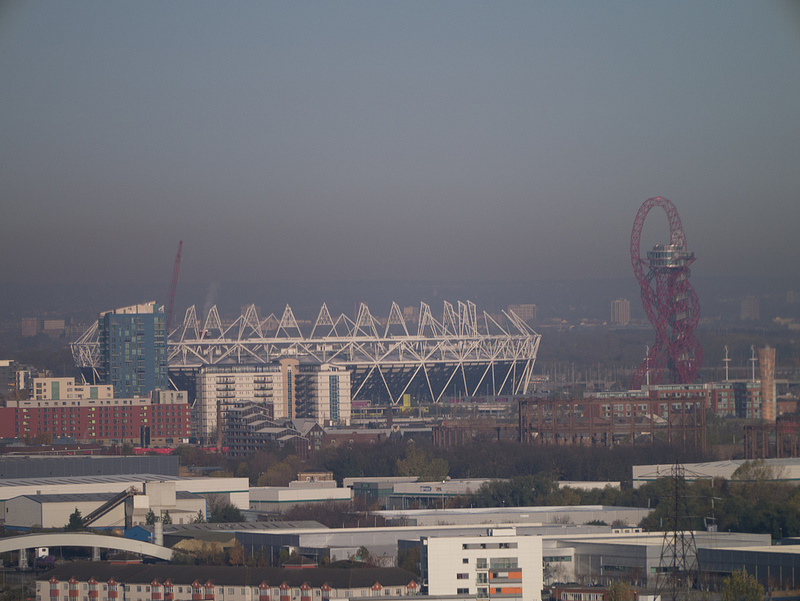
Advertisement

Advertisement
Dr Dana Loomis: As part of this evaluation, we collected available data on pollution levels around the world. This is too extensive to list here, but in brief the most polluted cities now are in Asia, South America, and Africa. However, there are important variations in the level of pollution. Full details will be in the monograph, but it won't be published for another year.
Advertisement
The overall level of air pollution in cities with strict regulations is much lower than 30 to 40 years ago, but the improvement hasn't been equal for all places and all pollutants. The increase in diesel-powered vehicles is a complicating factor that has led to slower declines in NO2 levels and may have increased the amount of carcinogenic material emitted to the air.Is the air going to become more carcinogenic?
Not necessarily. Pollution levels in most of Europe and North America have been reduced substantially as a result of controls imposed since the 1970s, and further reductions are already under discussion. The most important challenges today are in the new industrializing countries, such as India, China, Chile, and Brazil. Some of those countries are already taking steps to control air pollution.What can we do about how polluted our cities are becoming?
Air pollution is first and foremost a public health problem, in the sense that the air belongs to everyone but no single individual controls it. Air pollution has to be addressed by collective action at local, national, and international levels. The role of IARC is to provide scientific information, like this evaluation, as a basis for taking appropriate actions.What can individual citizens do to protect themselves from this pollution?
Unfortunately, not very much.Are our cities killing us?
The health issues arising from air pollution are significant and should be taken seriously, but it's important to keep them in perspective. The risk of lung cancer associated with air pollution at the levels now existing in advanced developed countries is now comparable to passive smoking. And that's important enough to take action.More on our poor environment:Geriatric Nuclear Reactors Could Kill Us AllFracking Gave Me GonorrheaBeijing's Pollution Problem Is Becoming Hard to Ignore